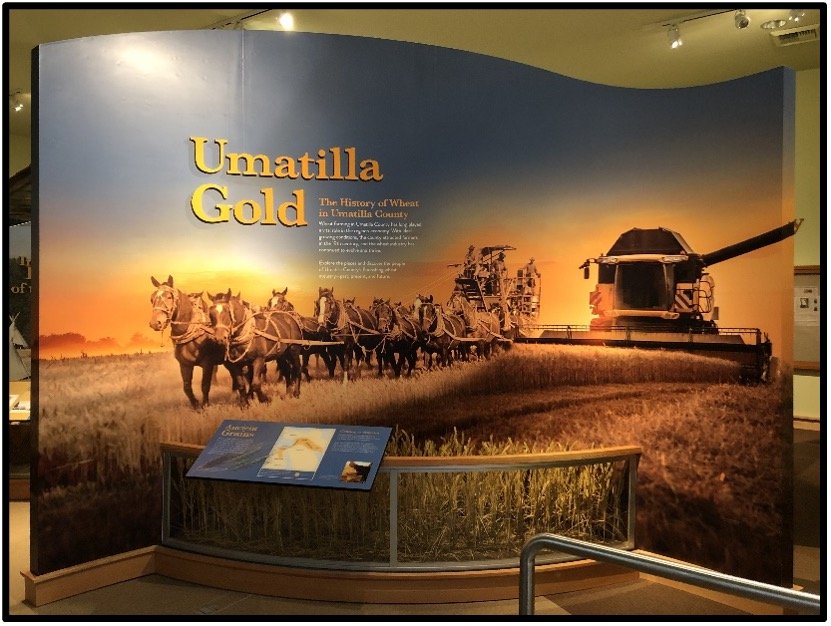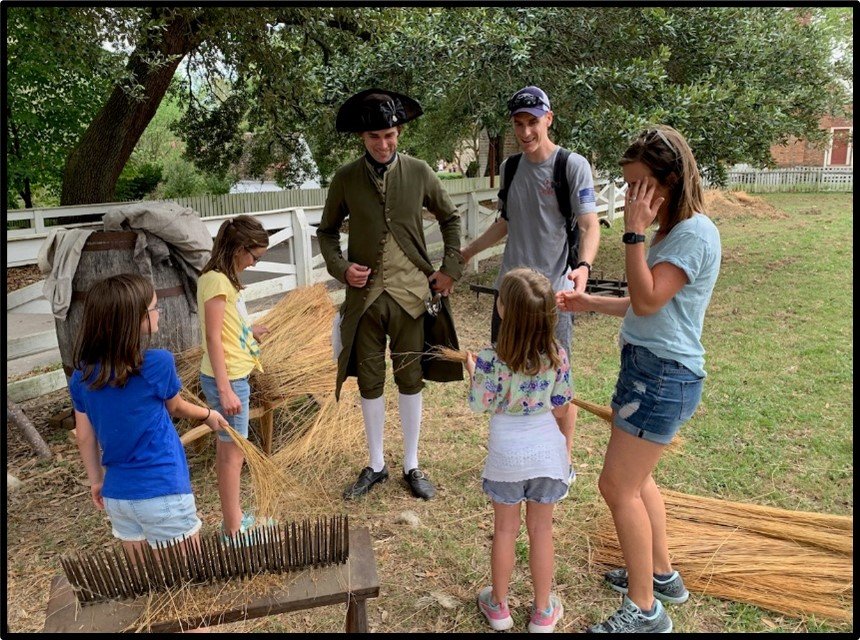
The Palouse Heritage Blog

Pendleton’s Umatilla County Museum and the Runquist Brothers

Amazing Aberdeen (Idaho) and the National Cereal Grains Collection

Cyrus McCormick and the Reaper Revolution

Founding Farmer Art and Architecture
Determining and Affirming Values of Care
“Ancient Prayers” — Discing, Planting, Cutting

Harvests Then and Now

Of Hackles and Scutching— Old World Flax for New World Linen

Living History “Open-Air Museum” Farms, Self-Discovery Accokeek, and Beyond

“Modern US Wheat Has Roots in Ukraine” - My Interview With NPR's The World

Daily Bread, Liberty, and the Orphans of Ukraine

Goodness, Grain, and Humankind— Thoughts Concerning Ukraine and Our Nation’s Founders

Amber Waves of Eden Grain

